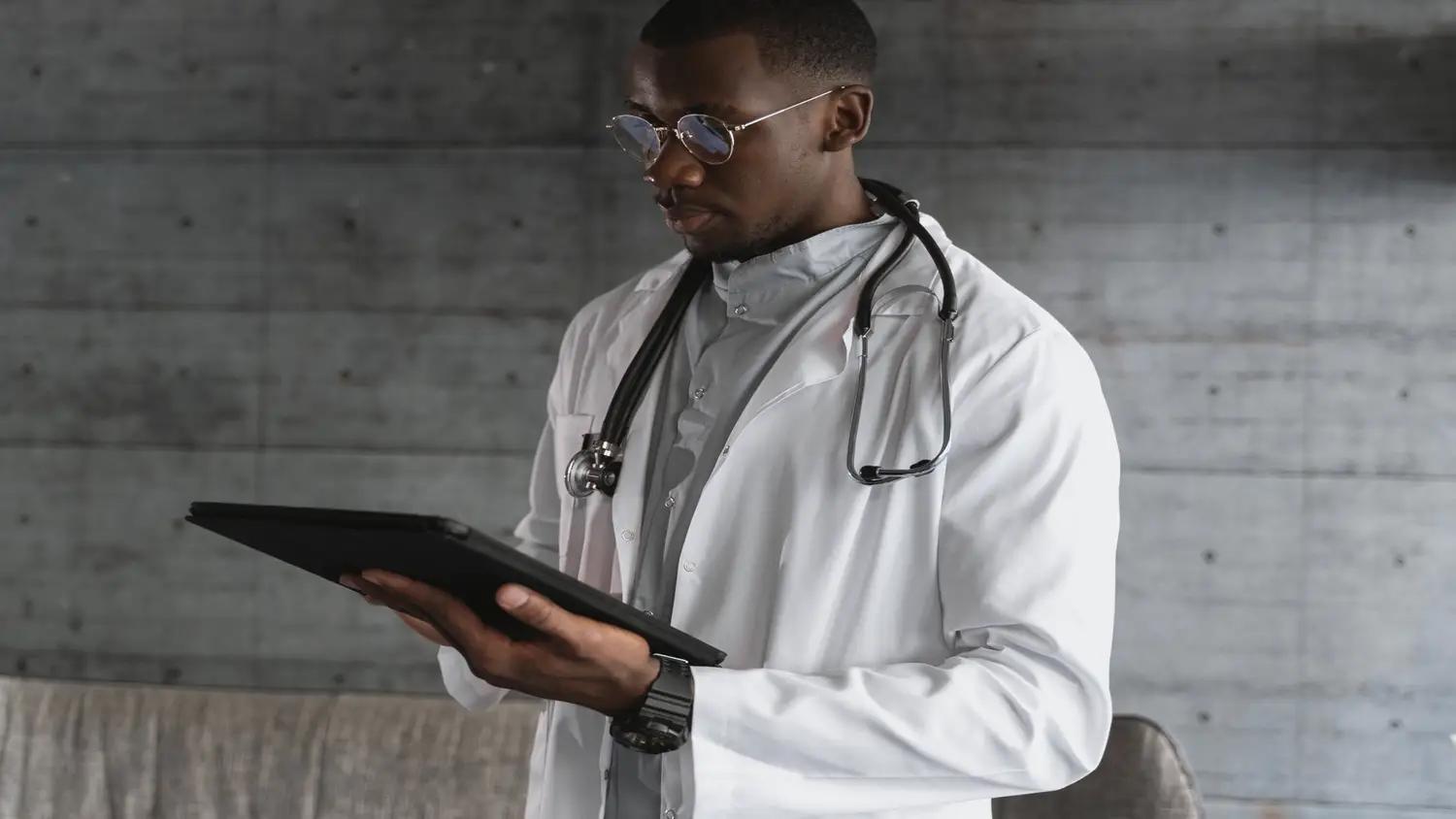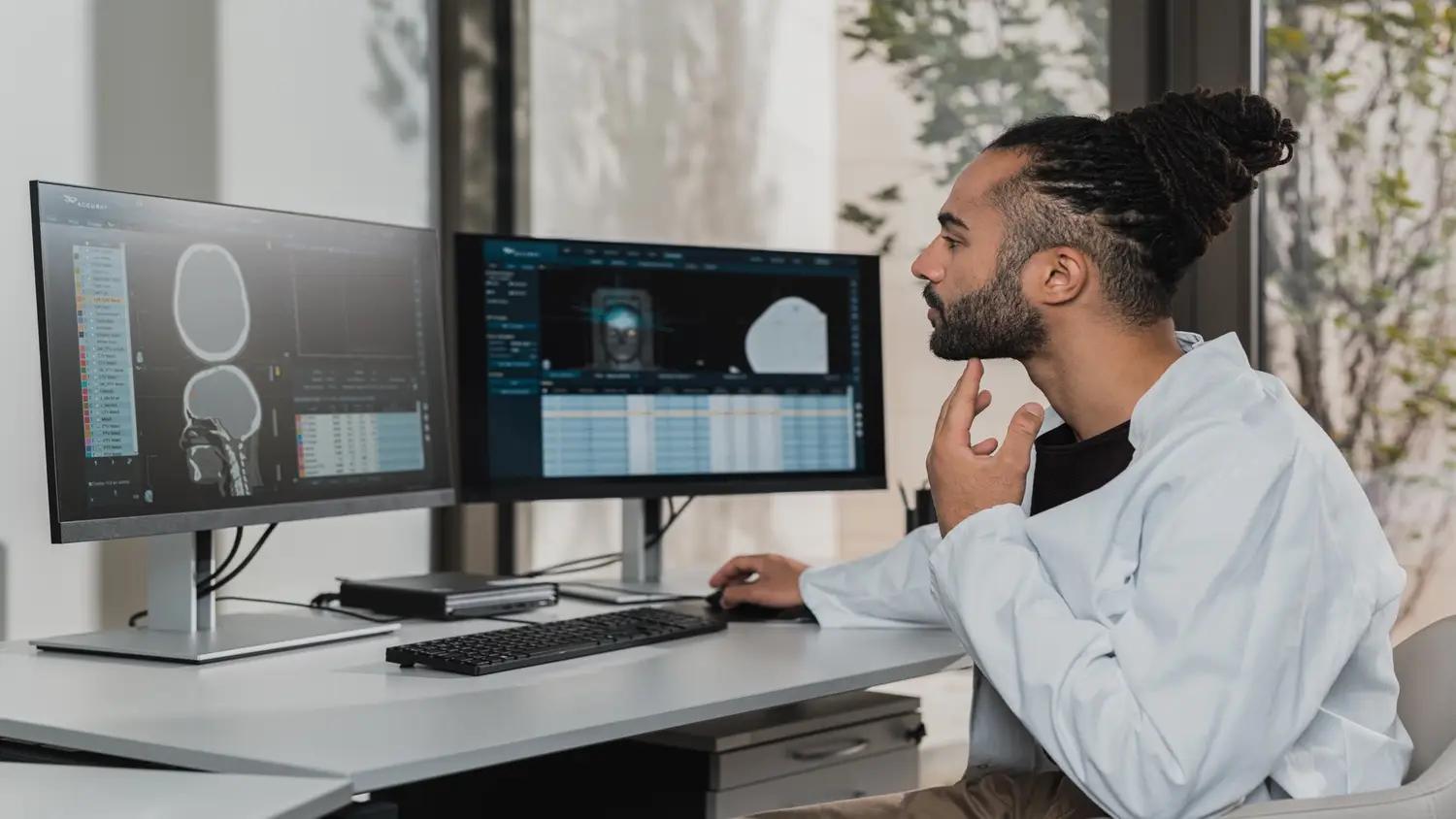
Instrument Assisted Soft Tissue Mobilization (IASTM): Comprehensive Skills Course (Nov 02 - 03, 2024)
 hosted byRehab Education
hosted byRehab EducationInstrument Assisted Soft Tissue Mobilization (IASTM): Comprehensive Skills Course is organized by Rehab Education and will be held from Nov 02 - 03, 2024 at Urbana, Illinois, United States of America.
Description:
Soft tissue pathology plays a primary role in limiting mobility, often resulting in profound loss of function for those with injuries. This course covers the theory and intervention strategies for identifying and treating soft tissue restrictions utilizing Instrument Assisted Soft Tissue Mobilization (IASTM) techniques. This comprehensive case-study-based course uses a lab-focused teaching format, covering the upper quarter for the first half, and the lower quarter for the second half; allowing for upper extremity specialists to attend the portion of the course relevant to their area of specialty. In addition to instruction in basic treatment techniques, this course includes the utilization of motion with IASTM and the use of IASTM over nerves and nerve beds.
Lab attire consisting of shorts, as well as swimsuit or halter-tops for women is required to allow for proper practice of techniques. Tools will be provided for use during the course.
What You Will Learn:
At the completion of this program the participant will be able to:
• Identify 3 precautions for IASTM use with overuse injuries in the patient with orthopedic problems such as tennis elbow or forearm strain.
• Identify 3 contraindications for IASTM use with scar management in the patient with orthopedic problems such as De Quervains tenosynovitis.
• Given a patient scenario in which the patient demonstrates movement dysfunction from fascia restrictions incorporate 2 appropriate IASTM techniques into the plan of care.
• Given a patient scenario for a patient with shoulder pain, justify the following choices: concave vs convex, broad vs small contact and single vs double
• Following the course and given 3 case scenarios the participant will match all appropriate strokes from the following list of basic IASTM strokes (sweeping, fanning, brushing, strumming, framing, rolling and fileting) to each case
• Given the result of a case scenario justify the use of 2 advanced IASTM strokes (tack and mobilize, fascia torsion).
• Justify based on evidence how each IASTM intervention (proprioception, soft tissue movement based restrictions) can be integrated into the overall treatment program for patients with upper Extremity Nerve Entrapment.
• Describe 3 testing techniques used to identify neural tissue involvement in patients with Lower Extremity Peripheral Nerve Entrapment.








